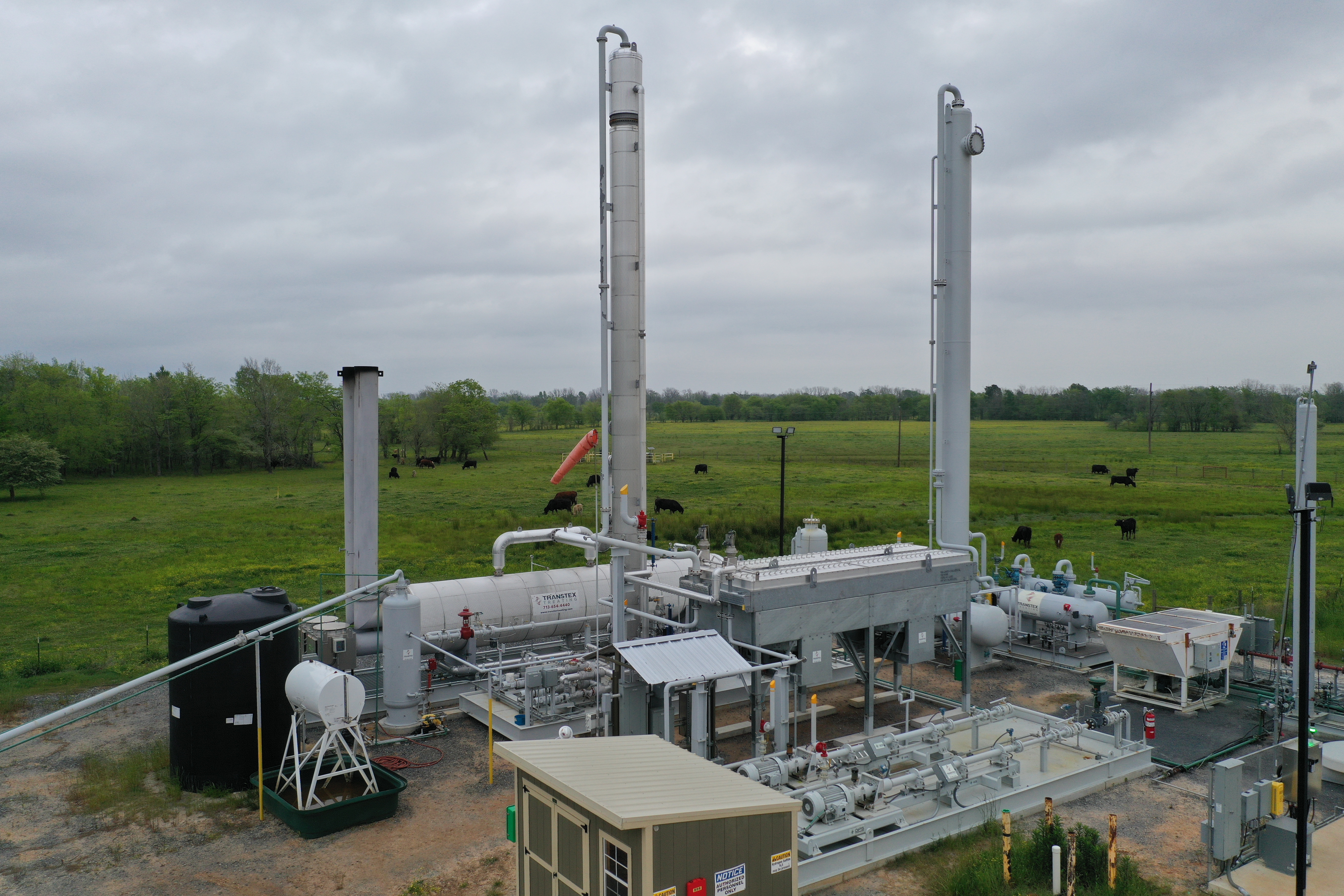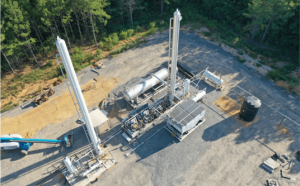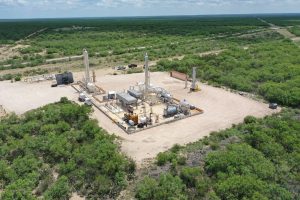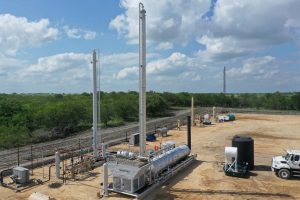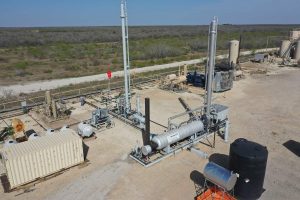Amine Gas Treating Plant
TransTex offers a full range of amine plants of the highest quality. Our amine plants go through a thorough quality control process prior to shipment to ensure quick and efficient installation, commissioning, and start-up. Rigorous engineering practices and operations feedback provide our team with information to deliver both equipment and services that meet high run-times and desired outlet gas specifications. Delivering service above and beyond our customers’ expectations is always our goal.
Contact Us
